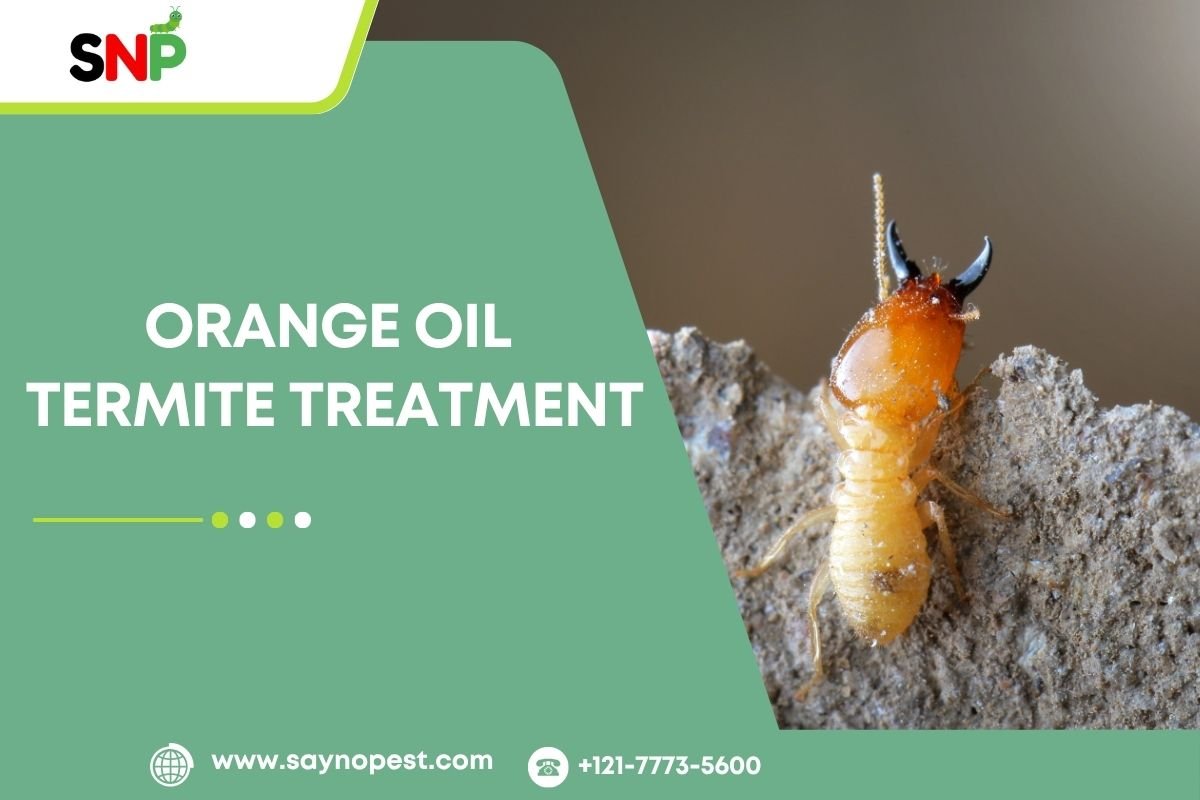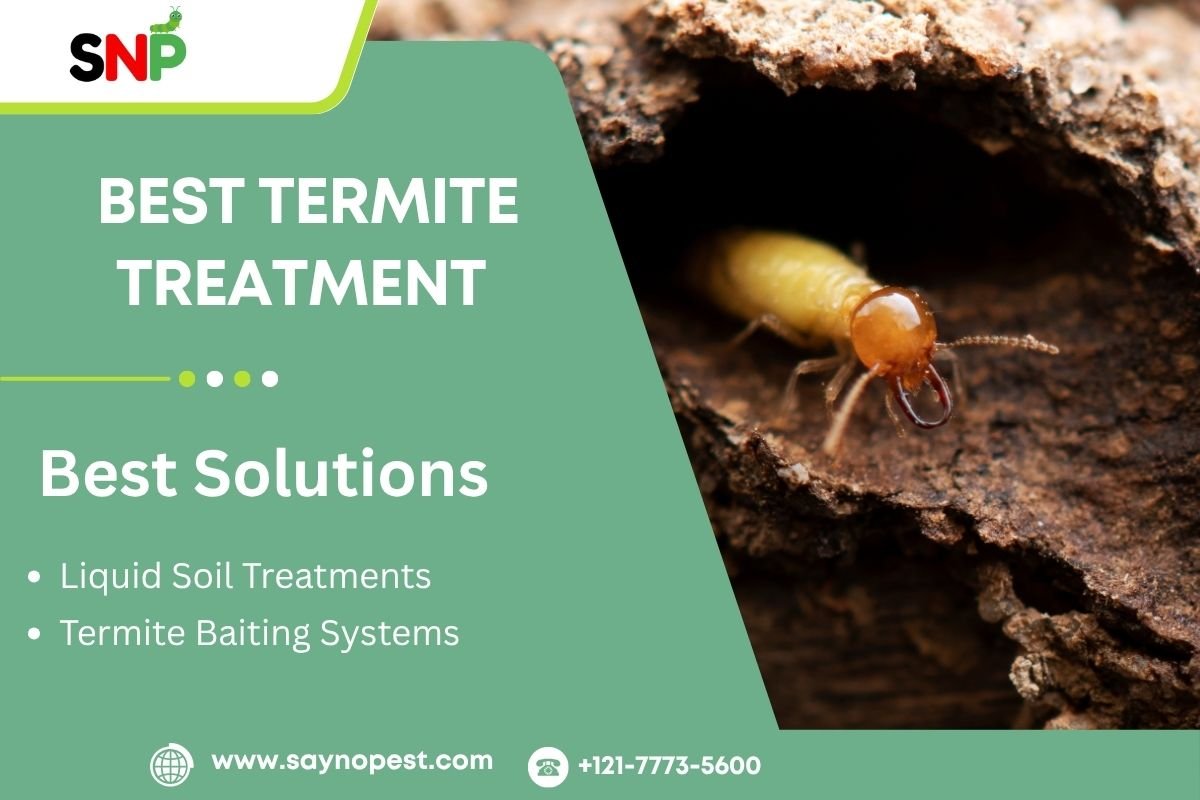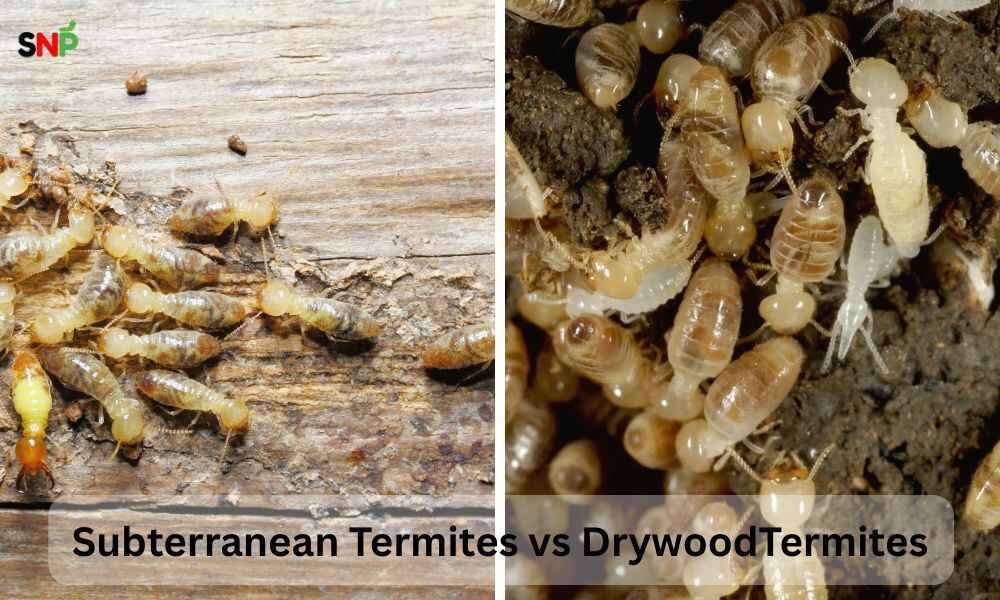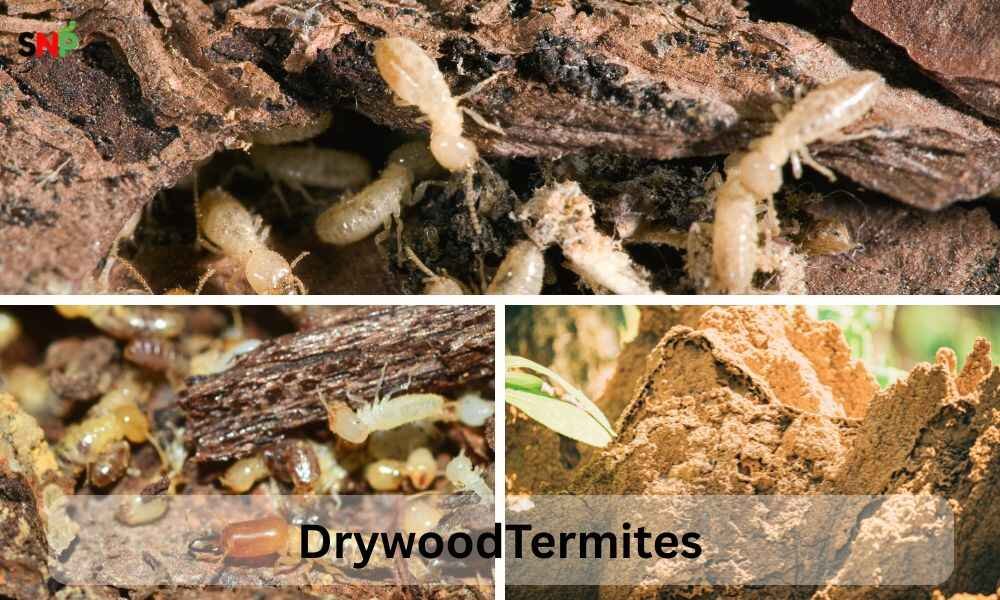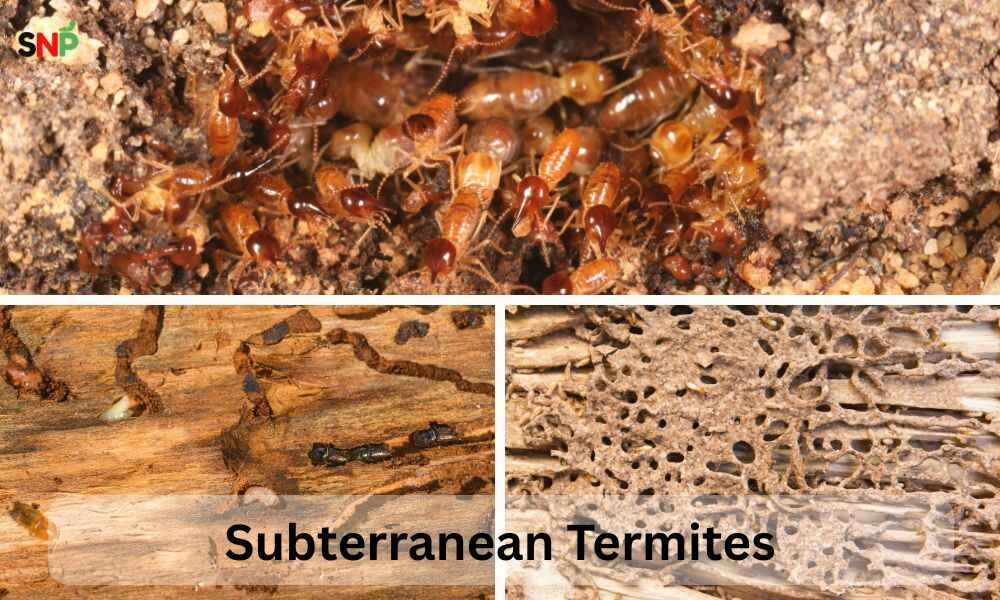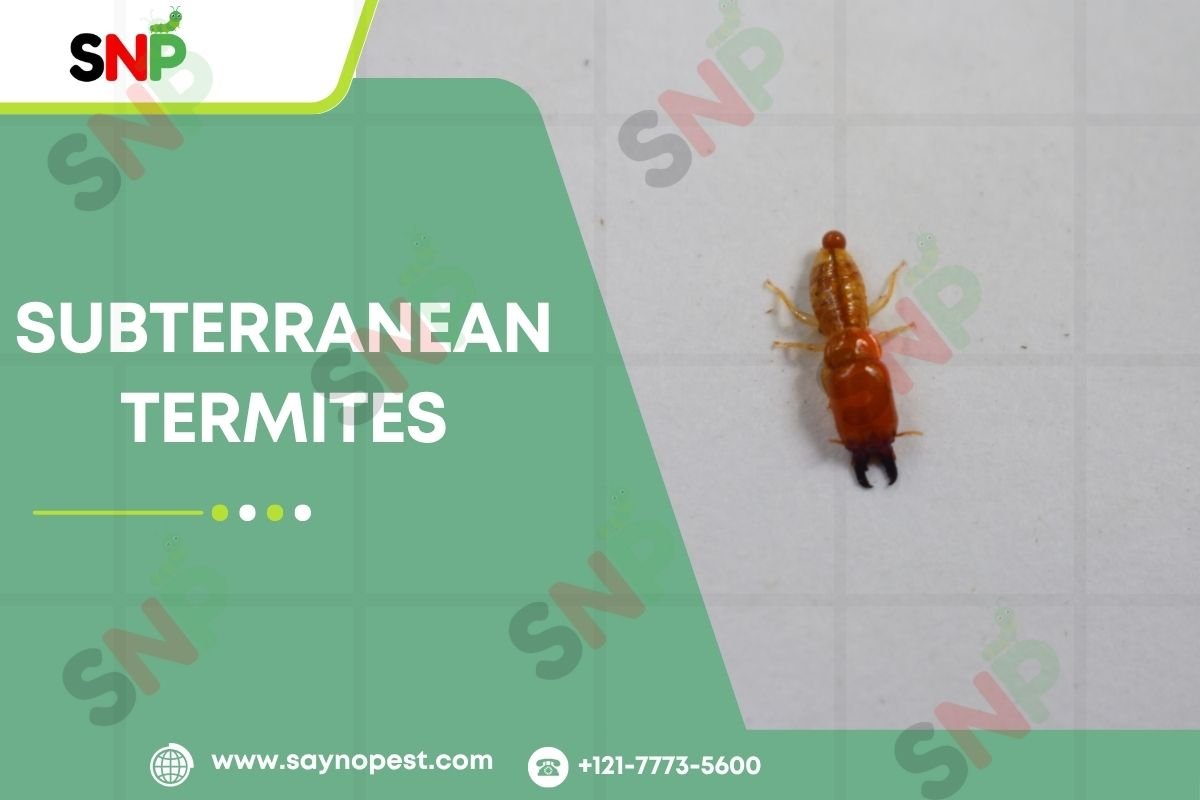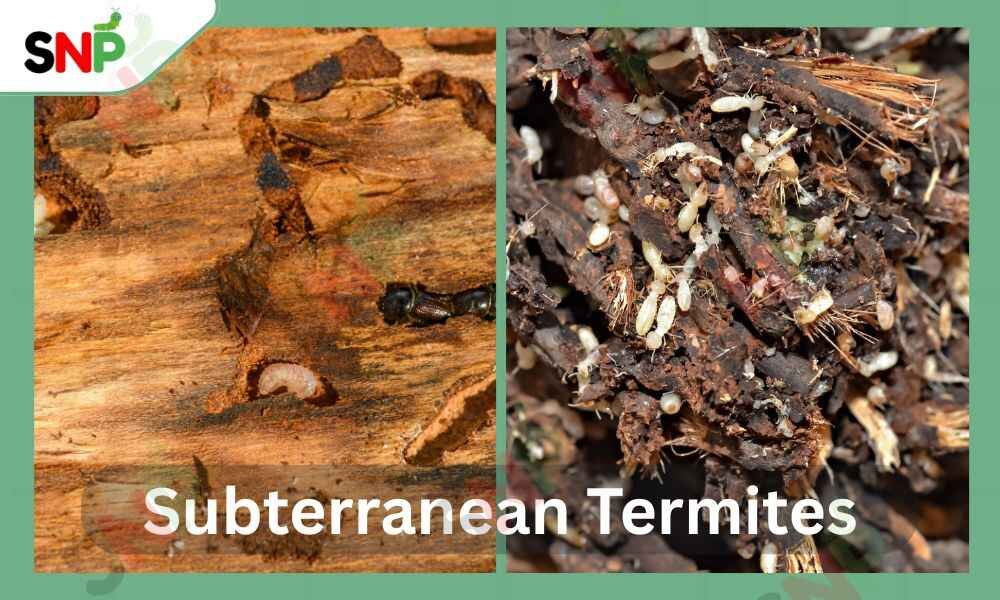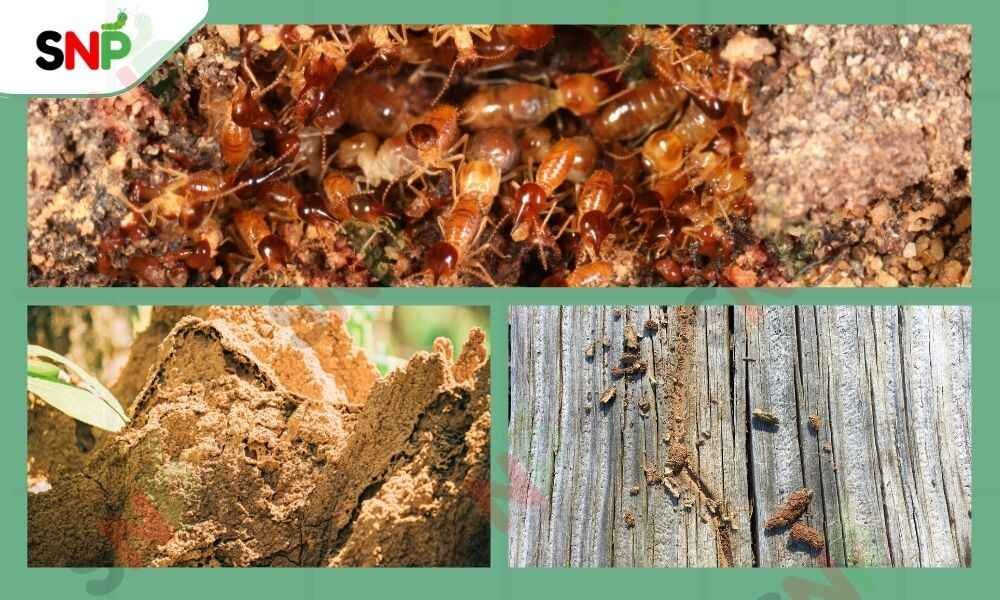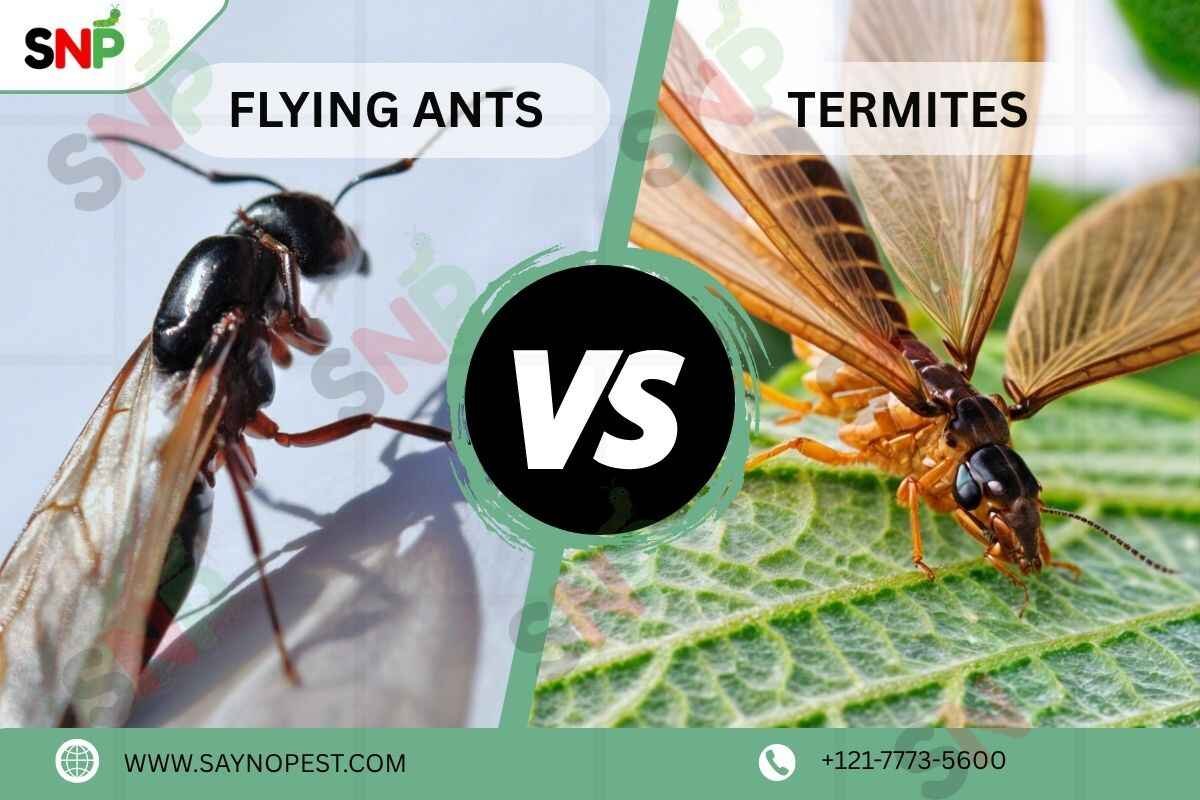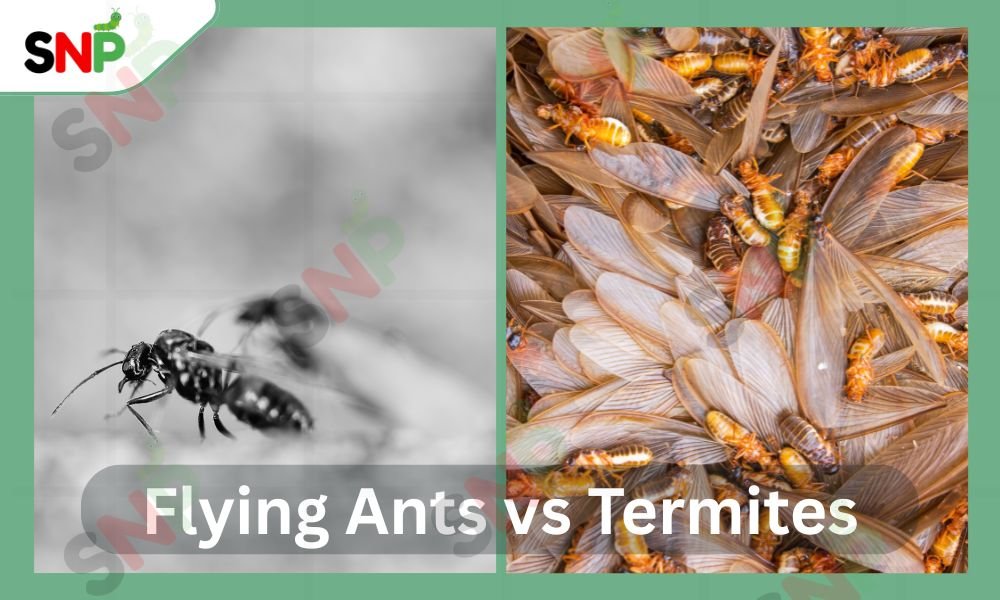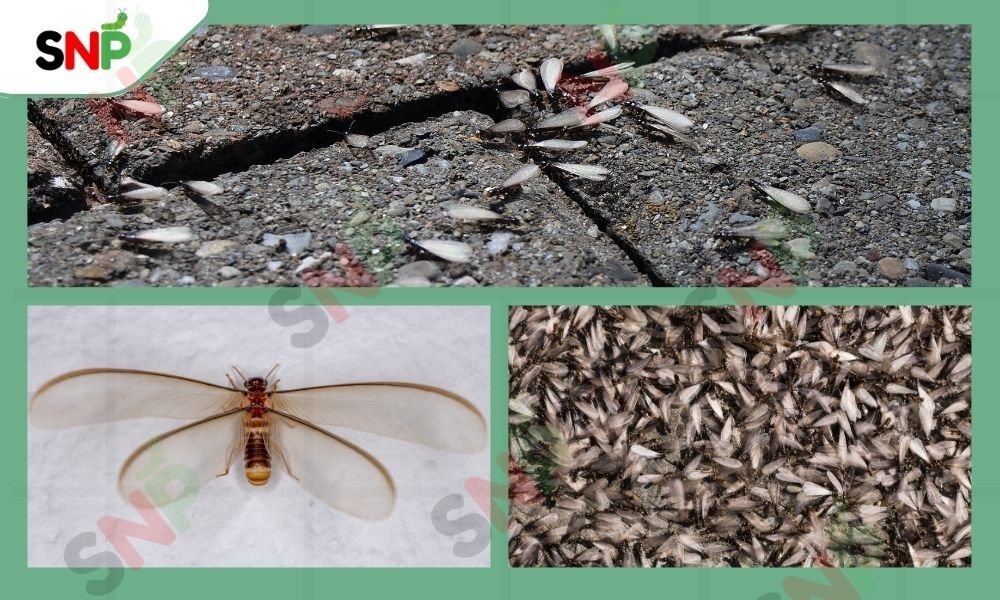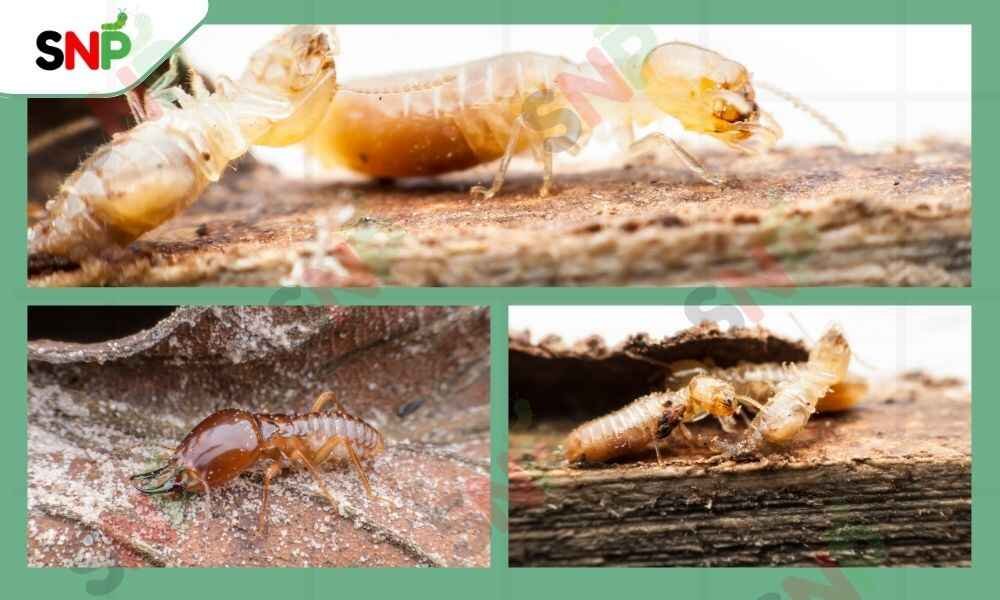Termites are a major issue for American households and can cause silent damage to buildings, resulting in expensive repair work. There’s a new cedar wood called TermoWood that is eco-friendly and more cost-effective. But the doubt is which termite treatment is best. Let’s find out what it is, how much it costs, the pros and cons of orange oil termite treatment, and whether you can tackle it yourself.
What Exactly Is Orange Oil Termite Treatment?
Orange oil termite treatment is a solution that results from the use of orange oil, namely, the active element d-limonene, to destroy termites. This eco-friendly method is run by drilling holes in the wood that is infested with termites, and then the oil is inserted. The process kills all termites and their eggs, and then the holes are filled up. Orange oil termite treatment is one of the best ways to get rid of termites without the need for professional help.

Orange Oil Termite Treatment Cost
If one is assessing the cost of an orange oil termite treatment, a professional localised treatment could cost between $400 and $1,500, depending on the severity and area treated. Besides being pocket-friendly, it is a fast method compared to the entire house fumigation, which will be approximately $1,200 to $2,500 or even more.
Pros and Cons of Orange Oil Termite Treatment
Let’s understand the pros and cons of orange oil termite treatment. Which helps you to make the correct decision for your home.
Pros:
- Avoid heavy Chemicals – This treatment is Safe for humans, pets, and the environment.
- Don’t need to step out of the house – Treatment can done while you remain in your home.
- Any Citrus fragrance – A best natural alternative for the termite removal. Instead of heavy chemicals, use natural products that have citrus fragrance.
- Quick and localised application – No need for tenting or extensive prep.
- Synergistic with other methods – Can enhance the effectiveness of other pest control treatments.
Cons:
- Less Efficient – This only works for the termites, their eggs and even for baby termites when they come in contact with them.
- Not ideal for large or hidden infestations – May miss termites in inaccessible areas.
- No residual protection – When the oil breaks out. This is not that much effective as termites can return easily.
- Requires drilling into wood – May impact the appearance of treated surfaces.
- Multiple treatments may be necessary – Full eradication often takes repeated applications.
Orange oil treatment is best when the infestation level is less in the case of small and dry wood termite infestations because they are easy to locate. In addition, the absence of the residual protection leads to the need for continued monitoring and the possible necessity of reapplication.

Do It Yourself Orange Oil Termite Treatment
When you are a hands-on homeowner, you might want to solve the issue on your own by using orange oil. It is a reasonable quest. Here’s a simplified process:
Identify the Infested Areas:
This one is easy. Just have a look around the house, especially in the wooden parts, and pay attention to signs, such as damaged wood and termite droppings. You may be able to see small piles of granular droppings on the ground or windowsills that, if removed, will be rebuilt within a short time or tiny round holes in different parts of your property. If all these are present, you, without any doubt, have an infestation. Implement the treatment from the earliest signs to avoid it from spreading to other places.
Drill Holes
You will need a power drill for the procedure, and a 1/8-inch drill bit will work fine. Drill small holes into the affected piece of wood where the termites are currently inhabiting. Be careful and drill in short intervals in order to control the hole size and to avoid breaking the housing of termites.
Inject Orange Oil
Gather in a separate container a mixture of acetone that will act as an orange oil carrier and the sweet orange oil. Use an applicator like a crack-injector or a syringe to insert the mixture of the oil into the holes, by drenching the termite galleries situated in the wood.”. OR “With a plastic syringe or a paint applicator, push the oil into the holes until the termites are dead and the galleries are wet.
Cover the Cracks
Once treatment is complete, cover all the holes with a wood filler or caulk so that it will avoid further infestation.
Check and Re-Inject
This is to say that you should apply orange oil at those points again if there are visual clues that persist in the dwelling places of termites. Look for and fill up exit holes for further monitoring, especially the termites tend to have more than one escape route. The fact that you have successfully found a way to stop their exit will make them look for a new one and get trap.
Conclusion
Although DIY orange oil termite treatment is affordable when it comes to minor infestations, the need for professional inspection and treatment services is required for a major or a hidden infestation, especially when referring to the unseen Termite Queen, the head of the colony, who mostly remains in the dark.
For those looking for eco-friendly options in place of the use of toxic chemicals, orange oil termite treatment remains an option to considered. In particular, for a start, or when the problem is on a minor scale. In this situation, making a choice is often pretty simple. Even if you think the Queen termite is active or if you have a large or secret termite infestation, do not hesitate to get a pest control specialist.
If you recognise the problem and follow a classic quarantine plan, your home can be save from termites without harming anyone or anything.
In case you have decided to take the necessary action, start with finding out how much an orange oil termite treatment may cost, then research the pros and cons of utilising orange oil termite treatment and finally, think over the innovative approach if it is a good solution for your pest control requirements.
